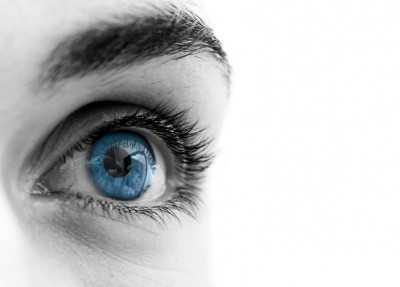Latest trends: scientific imagery and customisation
customisation is the trend to watch in 2008, says Mintel.
The trend, termed faux genomics by the market research company, is characterised by a sophisticated range of multiple peptide ingredients, scientific imagery customisation, Mintel analyst Nica Lewis told CosmeticsDesign.com.
"One day we expect consumers will have a pill or a capsule and a topical product customised to their DNA and skin's needs on that particular day of the month, taking into account climate and pollution for example," Lewis explained.
At present Mintel includes brands and products that push towards this concept as part of the 'faux genomics' trend.
Marketing through Science A recent example of the use of scientific imagery in marketing is Dior's anti-aging range, Capture R60/80 XP.
The range is based on the healing and regenerative power of stem cells and contains Stemsome 'an ultra sophisticated vector that delivers a cocktail of powerful ingredients directly into the wrinkle', say the company.
Capture R60/80 XP helps stem cells generate new cells and strengthen the skin's foundations, allowing the wrinkle to repair itself from within, says Dior.
A video portraying stylised stem cells and the mechanisms of the product's cocktail of ingredients - TP Vityl and Bionectine amongst others - is available on the product website.
Peptide ingredients Another facet of the faux genomics trend is the mix of peptides that appear on the ingredients list, said Lewis.
Many of these are neuropeptides and work to inhibit muscle contractions and therefore decrease wrinkles and fine lines in a similar way to botox injections.
A number of such products play on their link with botox with names such as Glamotox - a UK brand released in 2007 and Medic8's Pretox range - billed as an alternative to botox.
Customisation Another feature of the trend is the possibility for the buyer to customise their skin care products, said Lewis.
Although a select number of skin care ranges have been marketed as personalised to a consumer's DNA, the technology is very much in its infancy.
Instead, Lewis refers to a number of ranges that have been launched that allow consumers to create their own products in the home depending on their skin's needs.
A noteworthy example is MyBlend by Dr Olivier Courtin.
The range contains a number of basic products to which boosters can be added by the consumer in the home depending on the skin's needs at a particular time.
Lewis noted that the concept, along with the small syringes that enable consumers to mix up products, create the idea of a mini cosmetics laboratory in the home, injecting the idea of fun and play into skin care.



















